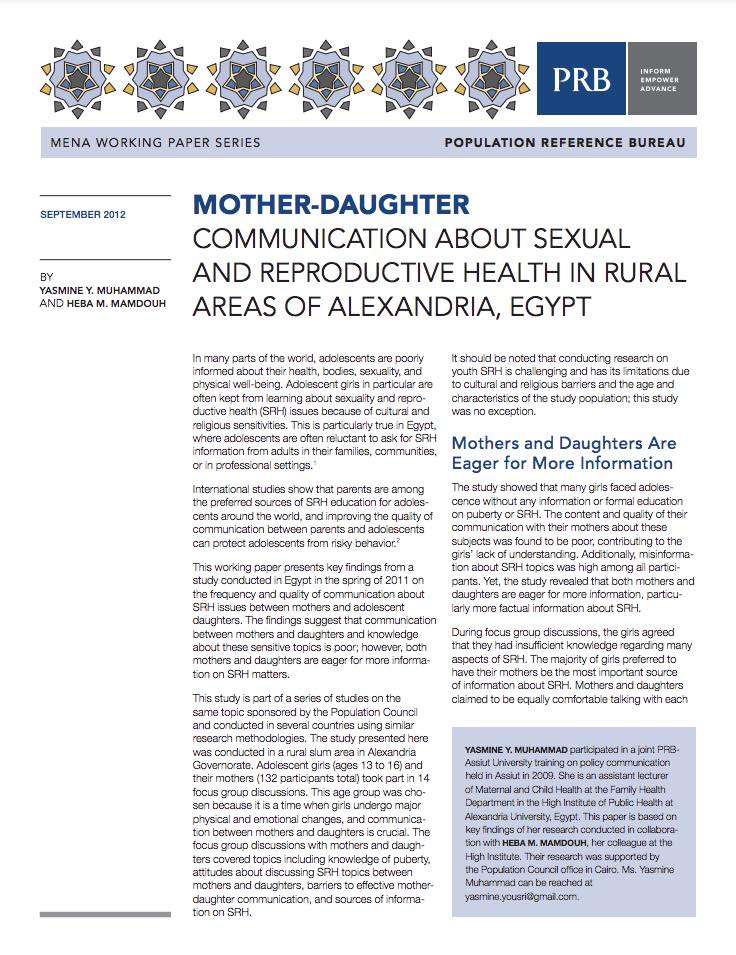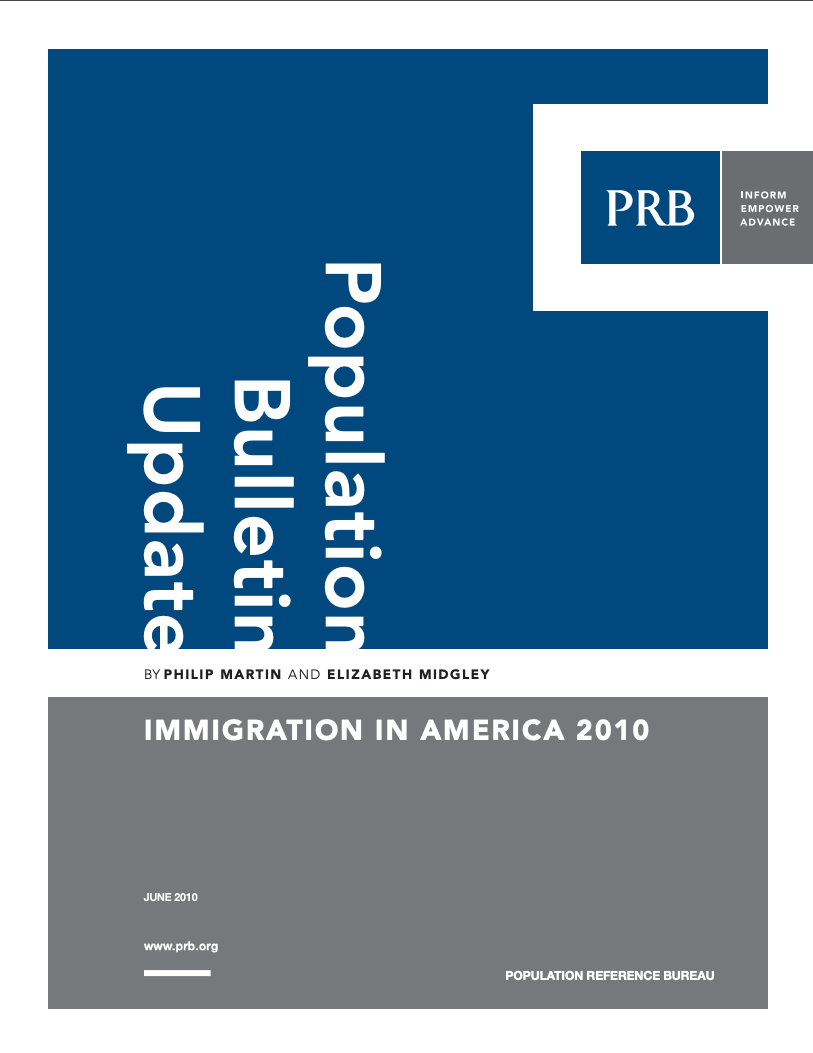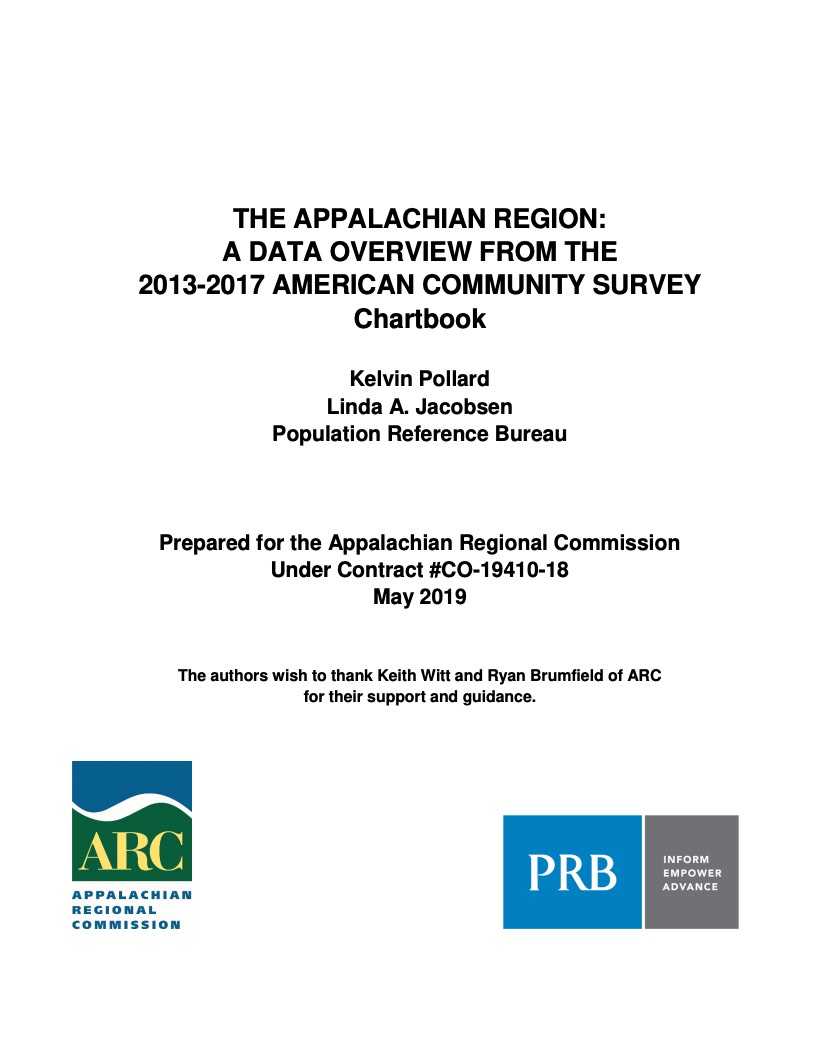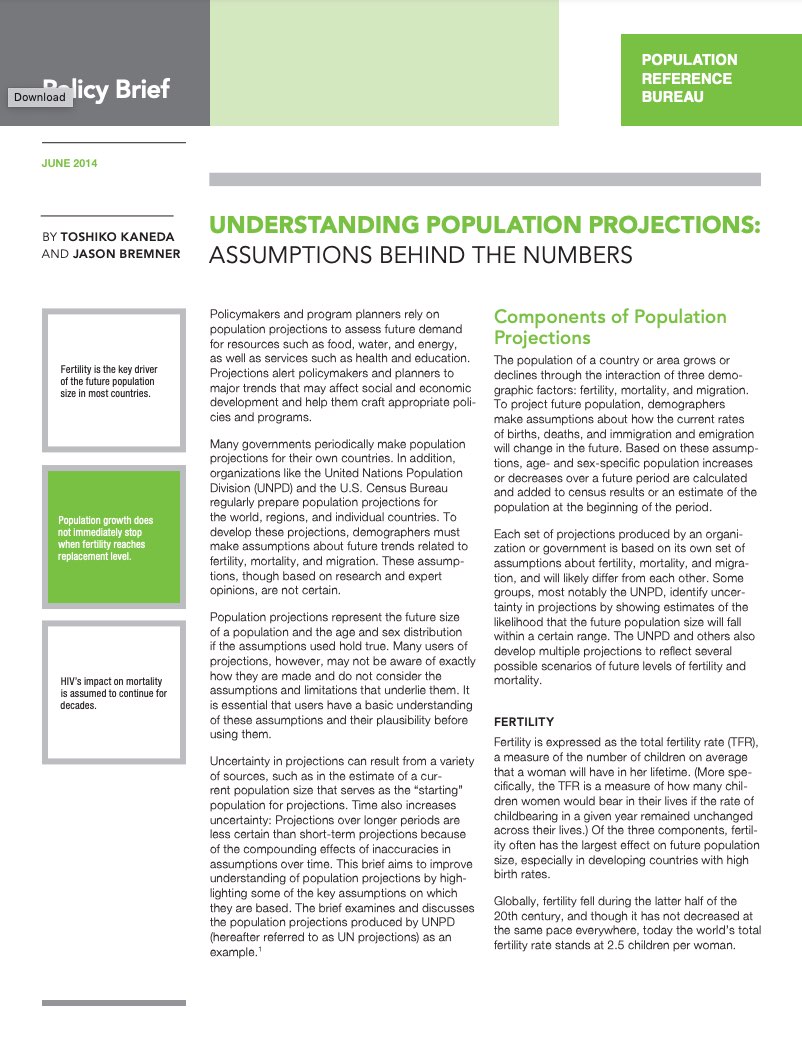U.S. 2020 Census FAQ
The Census counts every person who usually lives in the United States. They don’t have to be a U.S. citizen, but they do have to call this country their primary home.

The Census counts every person who usually lives in the United States. They don’t have to be a U.S. citizen, but they do have to call this country their primary home.

(2012) In many parts of the world, adolescents are poorly informed about their health, bodies, sexuality, and physical well-being. Adolescent girls in particular are often kept from learning about sexuality and reproductive health (SRH) issues because of cultural and religious sensitivities.
(2011) What Works for Women and Girls: Evidence for HIV and AIDS Interventions synthesizes the vast research literature on program interventions (through the end of 2009) to provide clear evidence of what works and what seems most promising for women and girls that improve a range of HIV outcomes.
(2009) One in three women will experience an act of violence in their lifetime, whether it is domestic and interpersonal violence; sexual violence; violence in the name of "culture" or tradition; or systemic violence, as in the use of rape as an instrument of war.

This Population Bulletin Update is a follow-up to 2006's Population Bulletin, "Immigration: Shaping and Reshaping America" by Phil Martin and Elizabeth Midgley, and provides new data and analysis on the economic impacts and policy debates around immigration.
(2010) Perhaps the greatest satisfaction for a journalist is to see one's reporting produce positive change. Journalists are the link between policymakers and the public, and their role as watchdog is to monitor the actions of government and hold those in charge accountable.

Project: American Community Survey and Decennial Census Support Services
Data suggest that Appalachia faces a digital divide—not just between the Region’s households and the rest of the nation but also between the Region’s rural and more urban areas, say the authors of a Population Reference Bureau (PRB) report for the Appalachian Regional Commission.

Project: PACE: Policy, Advocacy, and Communication Enhanced for Population and Reproductive Health
PRB’s World Population Data Sheet is an excellent reference and data analysis tool. Teachers are encouraged to have their students use the Data Sheet for a variety of topics and activities.

Policymakers and program planners rely on population projections to assess future demand for resources such as food, water, and energy, as well as services such as health and education.
(2008) Immigration is a polarizing topic in the United States, with people sharply divided about whether it is a positive or negative force for the country.